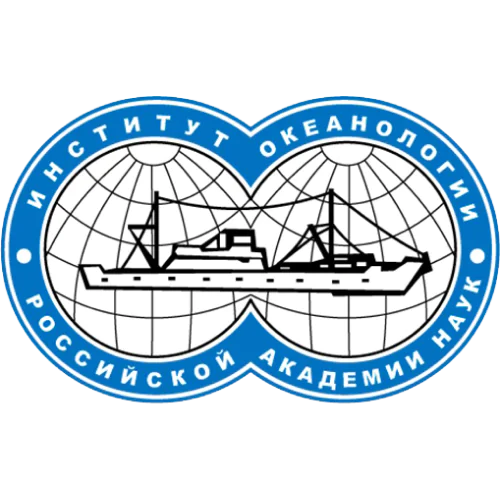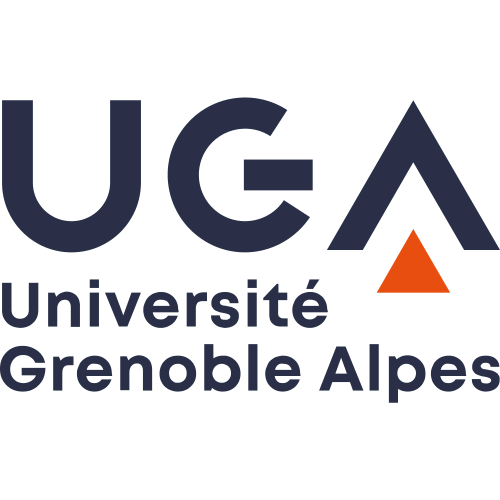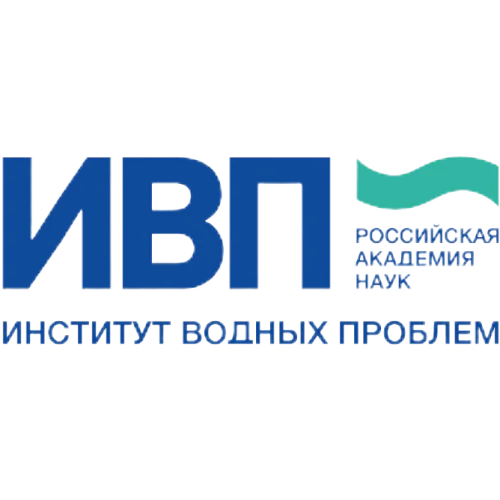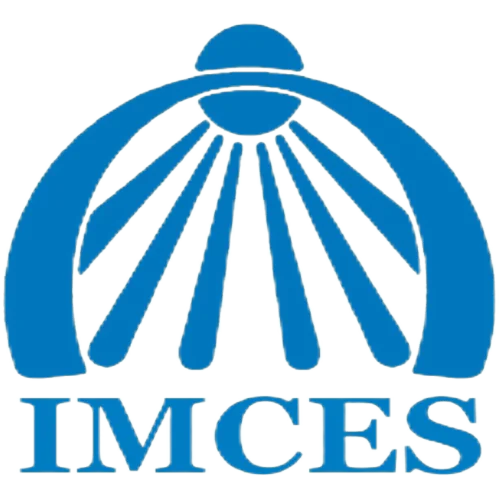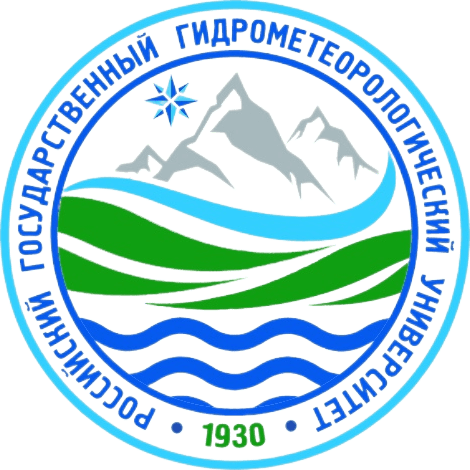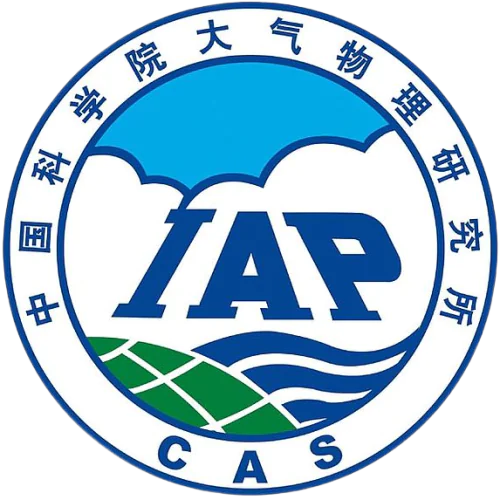
Gordey Sergeevich Goyman
PhD in Physics and Mathematics
Publications
22
Citations
138
h-index
6
Education
Moscow Institute of Physics and Technology
2015 — 2017,
Master, Phystech-School of Applied Mathematics and Computer Science (FPMI)
Moscow Institute of Physics and Technology
2011 — 2015,
Bachelor, Phystech-School of Applied Mathematics and Computer Science (FPMI)
Dissertations
2022,
Candidate , Математическое моделирование, численные методы и комплексы программ,
05.13.18
Found
Nothing found, try to update filter.
Found
Nothing found, try to update filter.
Found
Nothing found, try to update filter.
Total publications
22
Total citations
138
Citations per publication
6.27
Average publications per year
2.75
Average coauthors
2.95
Publications years
2017-2024 (8 years)
h-index
6
i10-index
3
m-index
0.75
o-index
13
g-index
10
w-index
2
Metrics description
h-index
A scientist has an h-index if h of his N publications are cited at least h times each, while the remaining (N - h) publications are cited no more than h times each.
i10-index
The number of the author's publications that received at least 10 links each.
m-index
The researcher's m-index is numerically equal to the ratio of his h-index to the number of years that have passed since the first publication.
o-index
The geometric mean of the h-index and the number of citations of the most cited article of the scientist.
g-index
For a given set of articles, sorted in descending order of the number of citations that these articles received, the g-index is the largest number such that the g most cited articles received (in total) at least g2 citations.
w-index
If w articles of a researcher have at least 10w citations each and other publications are less than 10(w+1) citations, then the researcher's w-index is equal to w.
Top-100
Fields of science
|
1
2
3
4
5
6
|
|
|
Numerical Analysis
|
Numerical Analysis, 6, 27.27%
Numerical Analysis
6 publications, 27.27%
|
|
Modeling and Simulation
|
Modeling and Simulation, 6, 27.27%
Modeling and Simulation
6 publications, 27.27%
|
|
Computer Science Applications
|
Computer Science Applications, 3, 13.64%
Computer Science Applications
3 publications, 13.64%
|
|
General Physics and Astronomy
|
General Physics and Astronomy, 2, 9.09%
General Physics and Astronomy
2 publications, 9.09%
|
|
Physics and Astronomy (miscellaneous)
|
Physics and Astronomy (miscellaneous), 2, 9.09%
Physics and Astronomy (miscellaneous)
2 publications, 9.09%
|
|
Computational Mathematics
|
Computational Mathematics, 2, 9.09%
Computational Mathematics
2 publications, 9.09%
|
|
Applied Mathematics
|
Applied Mathematics, 2, 9.09%
Applied Mathematics
2 publications, 9.09%
|
|
General Mathematics
|
General Mathematics, 1, 4.55%
General Mathematics
1 publication, 4.55%
|
|
Hardware and Architecture
|
Hardware and Architecture, 1, 4.55%
Hardware and Architecture
1 publication, 4.55%
|
|
Computational Theory and Mathematics
|
Computational Theory and Mathematics, 1, 4.55%
Computational Theory and Mathematics
1 publication, 4.55%
|
|
Information Systems
|
Information Systems, 1, 4.55%
Information Systems
1 publication, 4.55%
|
|
Computer Networks and Communications
|
Computer Networks and Communications, 1, 4.55%
Computer Networks and Communications
1 publication, 4.55%
|
|
Software
|
Software, 1, 4.55%
Software
1 publication, 4.55%
|
|
Water Science and Technology
|
Water Science and Technology, 1, 4.55%
Water Science and Technology
1 publication, 4.55%
|
|
Atmospheric Science
|
Atmospheric Science, 1, 4.55%
Atmospheric Science
1 publication, 4.55%
|
|
Fluid Flow and Transfer Processes
|
Fluid Flow and Transfer Processes, 1, 4.55%
Fluid Flow and Transfer Processes
1 publication, 4.55%
|
|
1
2
3
4
5
6
|
Journals
|
1
2
3
4
5
6
|
|
|
Communications in Computer and Information Science
6 publications, 27.27%
|
|
|
Russian Journal of Numerical Analysis and Mathematical Modelling
4 publications, 18.18%
|
|
|
Lobachevskii Journal of Mathematics
3 publications, 13.64%
|
|
|
Journal of Physics: Conference Series
2 publications, 9.09%
|
|
|
Russian Meteorology and Hydrology
2 publications, 9.09%
|
|
|
Journal of Computational Physics
2 publications, 9.09%
|
|
|
Lecture Notes in Computer Science
1 publication, 4.55%
|
|
|
Geoscientific Model Development
1 publication, 4.55%
|
|
|
Supercomputing Frontiers and Innovations
1 publication, 4.55%
|
|
|
1
2
3
4
5
6
|
Citing journals
|
5
10
15
20
25
30
|
|
|
Russian Meteorology and Hydrology
29 citations, 21.01%
|
|
|
Lobachevskii Journal of Mathematics
24 citations, 17.39%
|
|
|
Communications in Computer and Information Science
11 citations, 7.97%
|
|
|
Russian Journal of Numerical Analysis and Mathematical Modelling
11 citations, 7.97%
|
|
|
Journal not defined
|
Journal not defined, 9, 6.52%
Journal not defined
9 citations, 6.52%
|
|
Journal of Computational Physics
9 citations, 6.52%
|
|
|
Lecture Notes in Computer Science
8 citations, 5.8%
|
|
|
Journal of Physics: Conference Series
8 citations, 5.8%
|
|
|
Geoscientific Model Development
5 citations, 3.62%
|
|
|
Izvestiya - Atmospheric and Oceanic Physics
3 citations, 2.17%
|
|
|
Atmosphere
2 citations, 1.45%
|
|
|
International Journal of Computational Methods
2 citations, 1.45%
|
|
|
Geophysical Research Letters
2 citations, 1.45%
|
|
|
Journal of Advances in Modeling Earth Systems
2 citations, 1.45%
|
|
|
IOP Conference Series: Earth and Environmental Science
1 citation, 0.72%
|
|
|
Communications in Nonlinear Science and Numerical Simulation
1 citation, 0.72%
|
|
|
Atmospheric Research
1 citation, 0.72%
|
|
|
Environmental Research Letters
1 citation, 0.72%
|
|
|
Flow, Turbulence and Combustion
1 citation, 0.72%
|
|
|
Sustainability
1 citation, 0.72%
|
|
|
Elementa
1 citation, 0.72%
|
|
|
Journal of Parallel and Distributed Computing
1 citation, 0.72%
|
|
|
Journal of Computational Science
1 citation, 0.72%
|
|
|
ESAIM: Mathematical Modelling and Numerical Analysis
1 citation, 0.72%
|
|
|
Mathematical Models and Computer Simulations
1 citation, 0.72%
|
|
|
Journal of Geophysical Research Oceans
1 citation, 0.72%
|
|
|
Водные ресурсы
1 citation, 0.72%
|
|
|
5
10
15
20
25
30
|
Publishers
|
1
2
3
4
5
6
7
|
|
|
Springer Nature
7 publications, 31.82%
|
|
|
Pleiades Publishing
5 publications, 22.73%
|
|
|
Walter de Gruyter
4 publications, 18.18%
|
|
|
Elsevier
2 publications, 9.09%
|
|
|
IOP Publishing
2 publications, 9.09%
|
|
|
Copernicus
1 publication, 4.55%
|
|
|
South Ural State University
1 publication, 4.55%
|
|
|
1
2
3
4
5
6
7
|
Organizations from articles
|
5
10
15
20
|
|
|
Marchuk Institute of Numerical Mathematics of the Russian Academy of Sciences
20 publications, 90.91%
|
|
|
Moscow Institute of Physics and Technology
19 publications, 86.36%
|
|
|
Organization not defined
|
Organization not defined, 2, 9.09%
Organization not defined
2 publications, 9.09%
|
|
P. P. Shirshov Institute of Oceanology of the Russian Academy of Sciences
1 publication, 4.55%
|
|
|
Marine Hydrophysical Institute of the Russian Academy of Sciences
1 publication, 4.55%
|
|
|
5
10
15
20
|
Countries from articles
|
5
10
15
20
|
|
|
Russia
|
Russia, 20, 90.91%
Russia
20 publications, 90.91%
|
|
Country not defined
|
Country not defined, 2, 9.09%
Country not defined
2 publications, 9.09%
|
|
5
10
15
20
|
Citing organizations
Citing countries
|
10
20
30
40
50
60
70
|
|
|
Russia
|
Russia, 63, 45.65%
Russia
63 citations, 45.65%
|
|
Country not defined
|
Country not defined, 10, 7.25%
Country not defined
10 citations, 7.25%
|
|
France
|
France, 5, 3.62%
France
5 citations, 3.62%
|
|
USA
|
USA, 5, 3.62%
USA
5 citations, 3.62%
|
|
United Kingdom
|
United Kingdom, 5, 3.62%
United Kingdom
5 citations, 3.62%
|
|
Canada
|
Canada, 5, 3.62%
Canada
5 citations, 3.62%
|
|
Germany
|
Germany, 4, 2.9%
Germany
4 citations, 2.9%
|
|
China
|
China, 4, 2.9%
China
4 citations, 2.9%
|
|
Brazil
|
Brazil, 4, 2.9%
Brazil
4 citations, 2.9%
|
|
Norway
|
Norway, 3, 2.17%
Norway
3 citations, 2.17%
|
|
Australia
|
Australia, 2, 1.45%
Australia
2 citations, 1.45%
|
|
Italy
|
Italy, 2, 1.45%
Italy
2 citations, 1.45%
|
|
Republic of Korea
|
Republic of Korea, 2, 1.45%
Republic of Korea
2 citations, 1.45%
|
|
Finland
|
Finland, 2, 1.45%
Finland
2 citations, 1.45%
|
|
Sweden
|
Sweden, 2, 1.45%
Sweden
2 citations, 1.45%
|
|
Japan
|
Japan, 2, 1.45%
Japan
2 citations, 1.45%
|
|
Ireland
|
Ireland, 1, 0.72%
Ireland
1 citation, 0.72%
|
|
Morocco
|
Morocco, 1, 0.72%
Morocco
1 citation, 0.72%
|
|
Taiwan
|
Taiwan, 1, 0.72%
Taiwan
1 citation, 0.72%
|
|
10
20
30
40
50
60
70
|
- We do not take into account publications without a DOI.
- Statistics recalculated daily.
Data by ORCID























